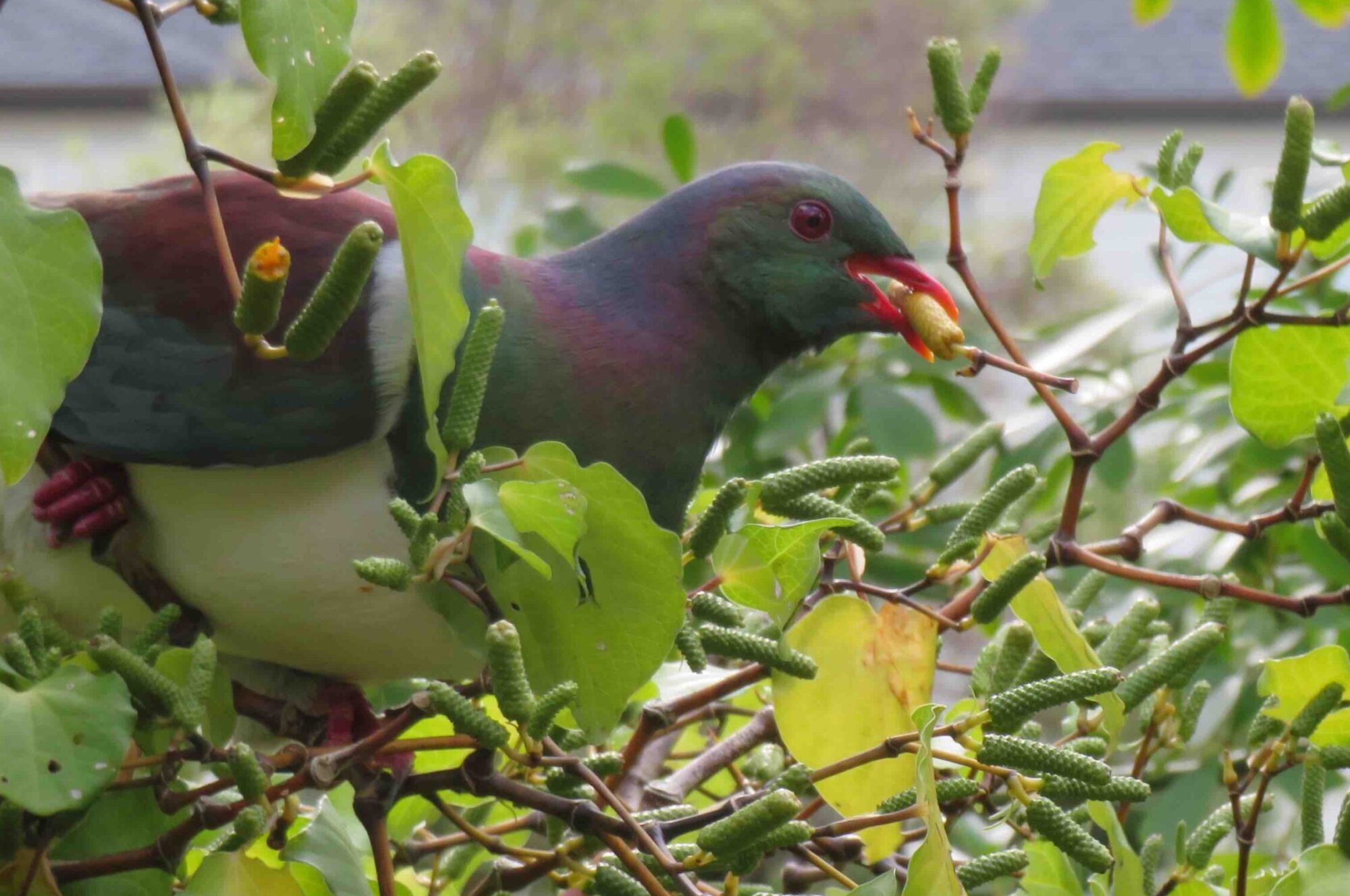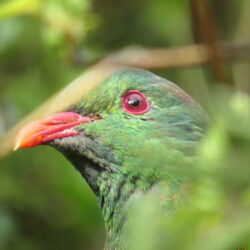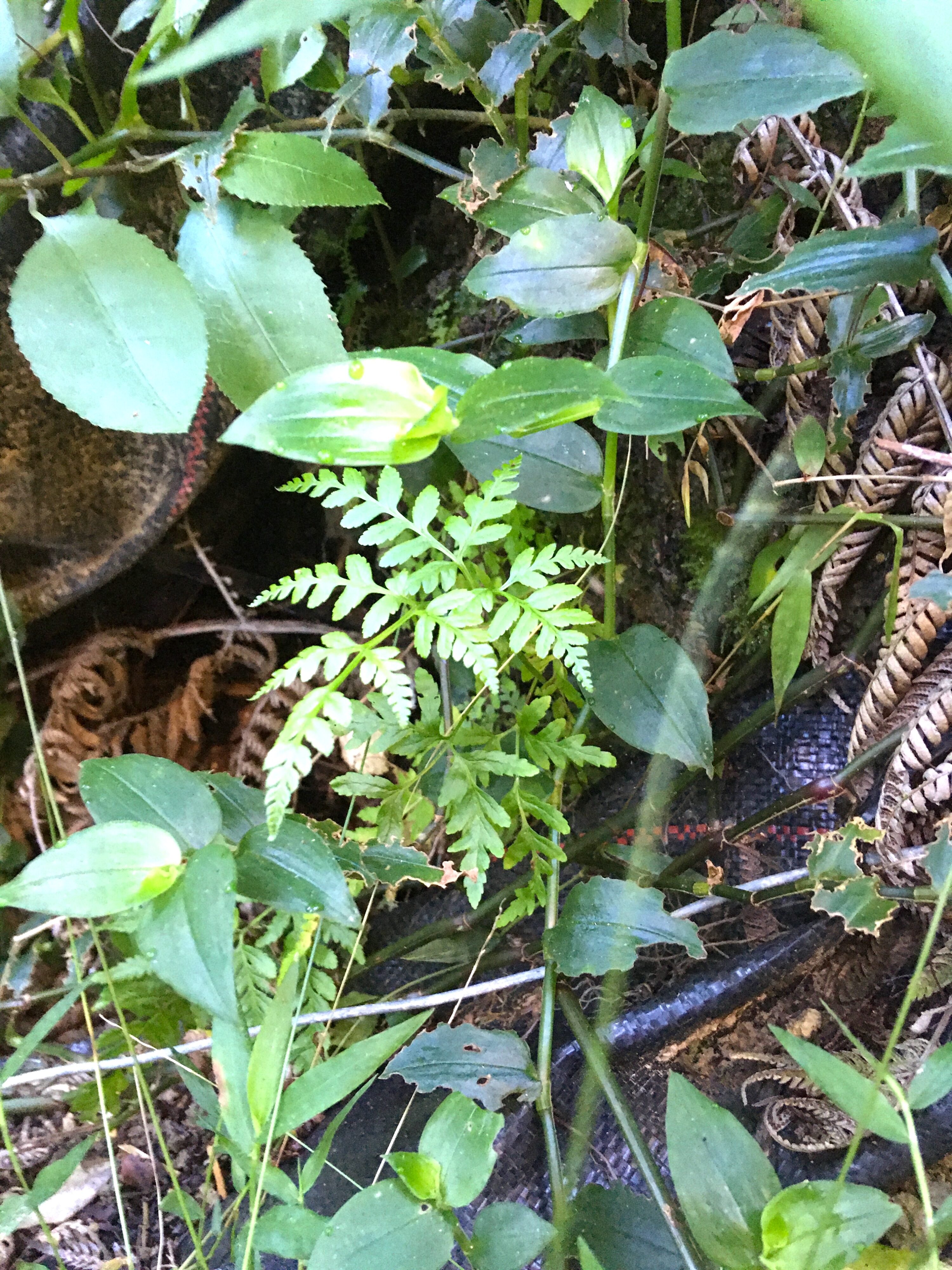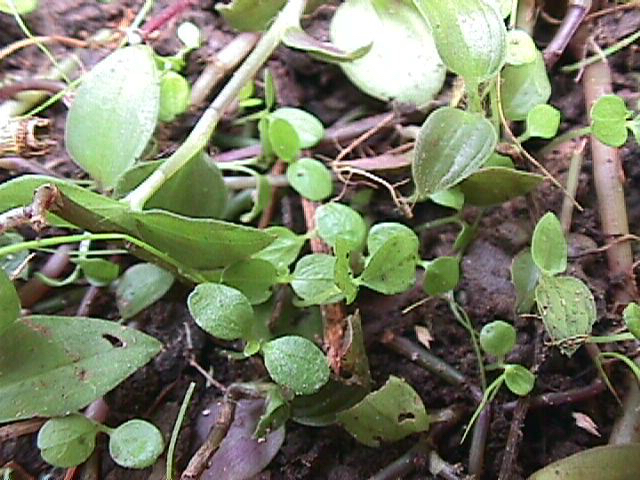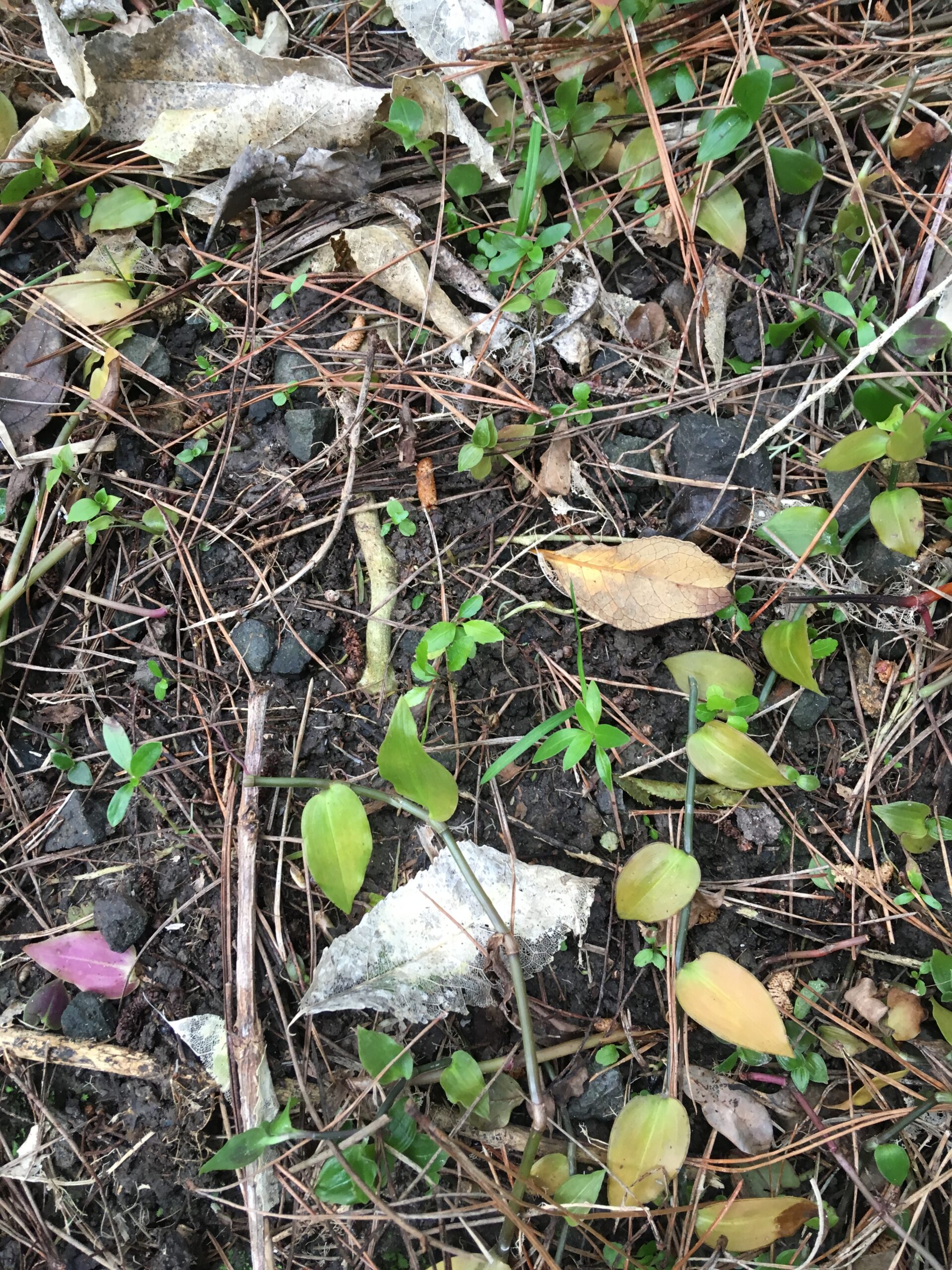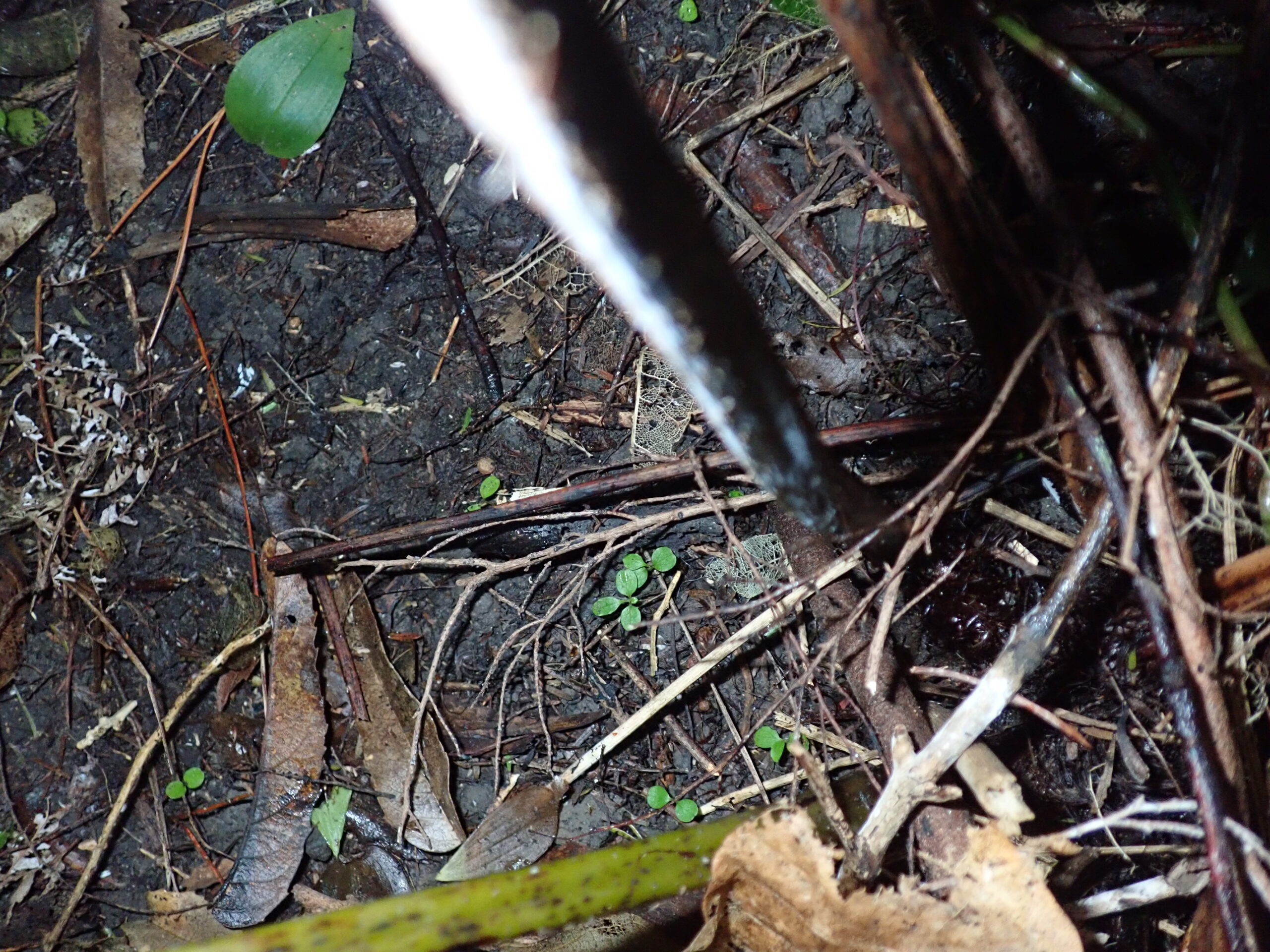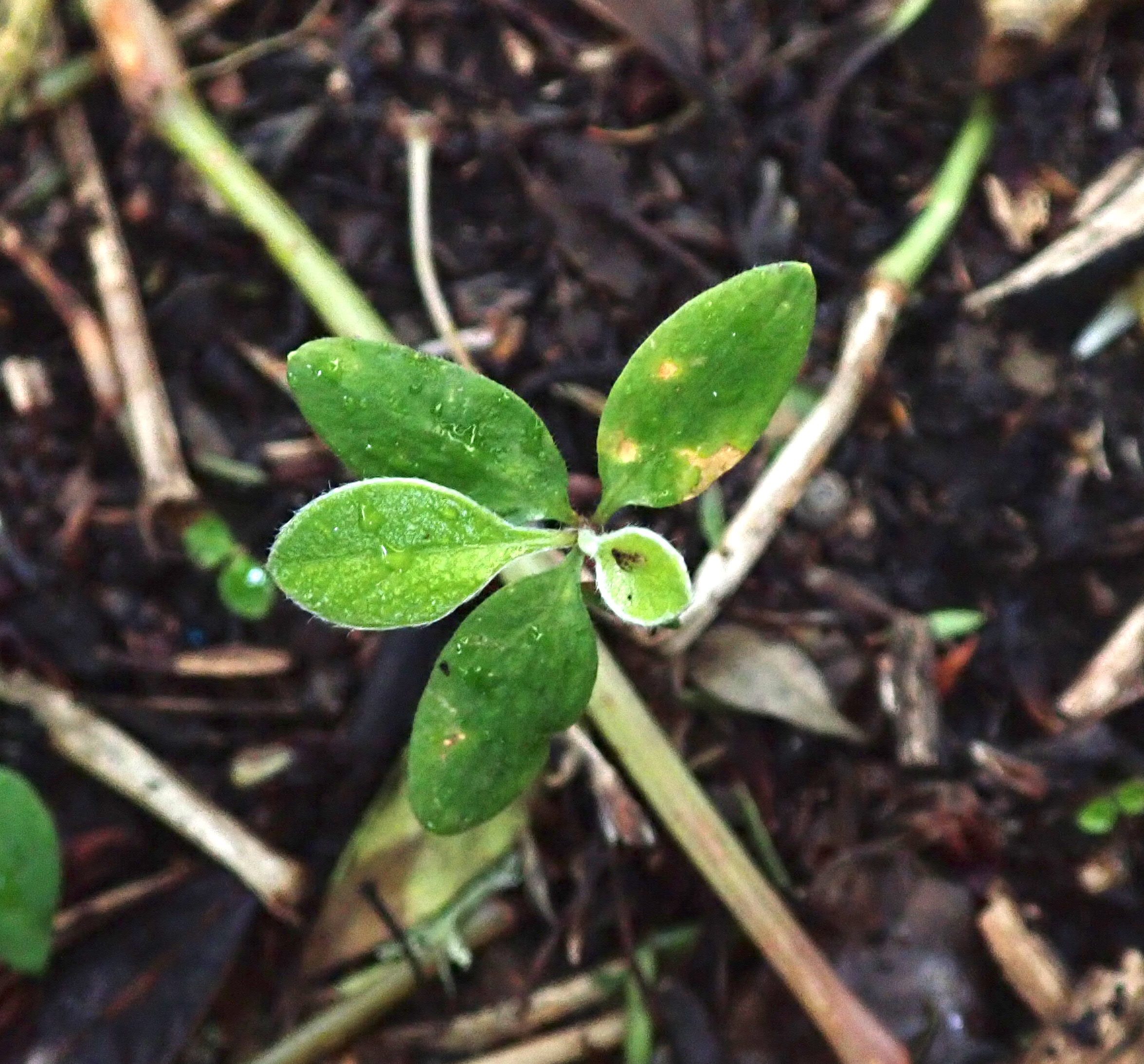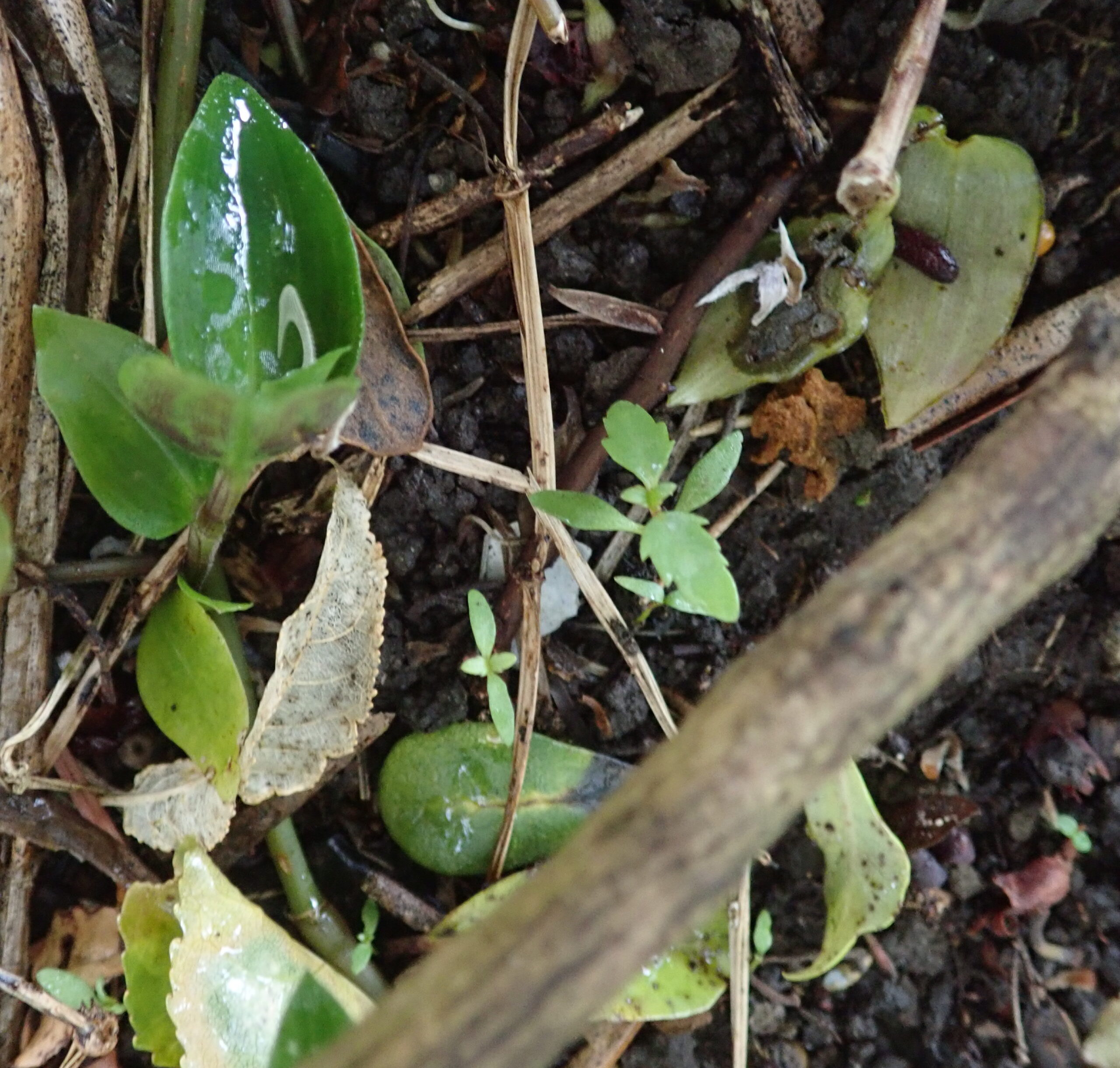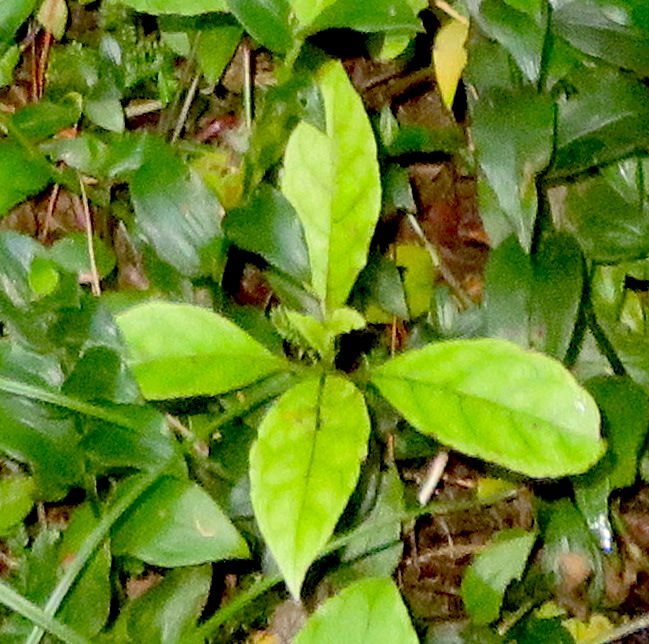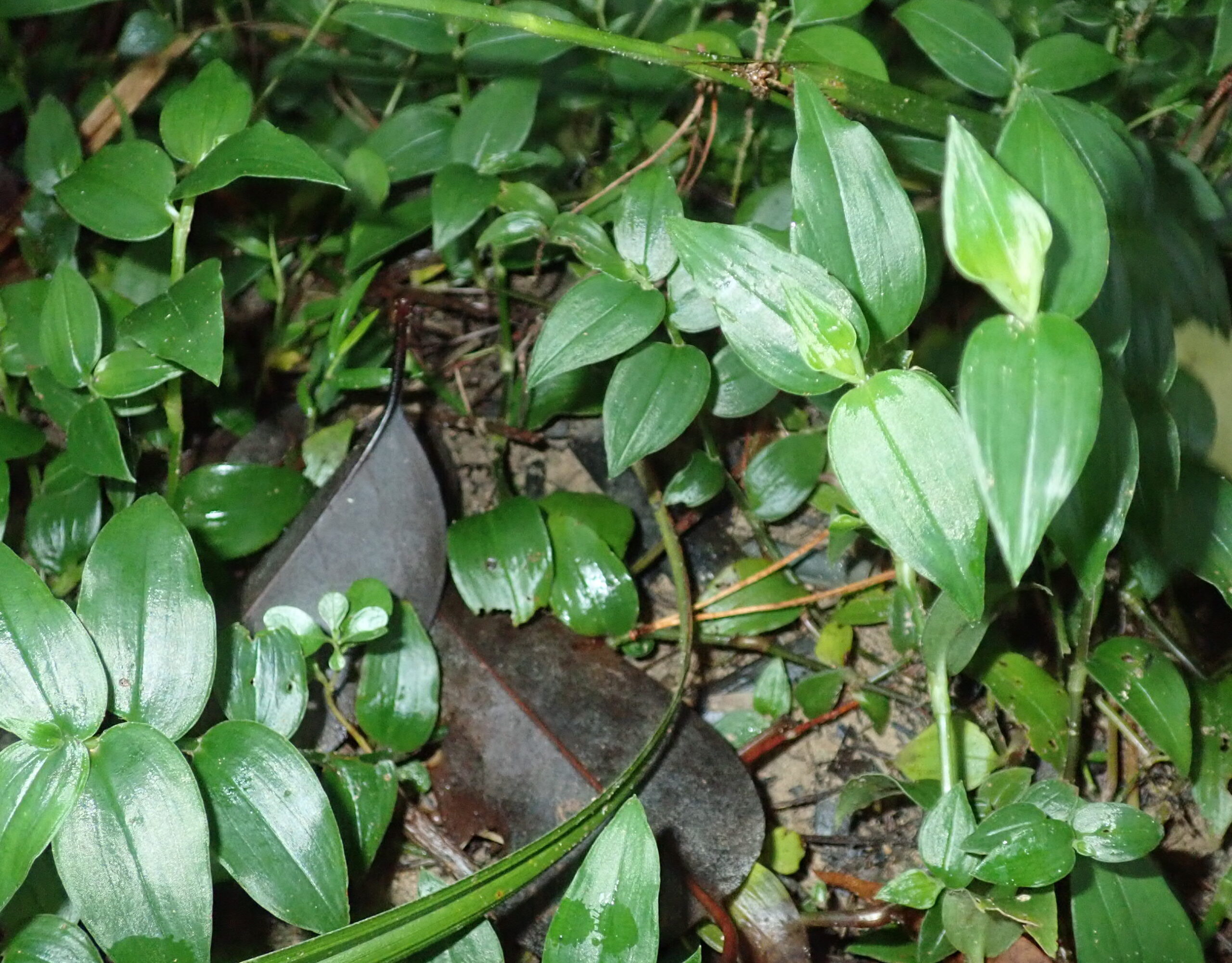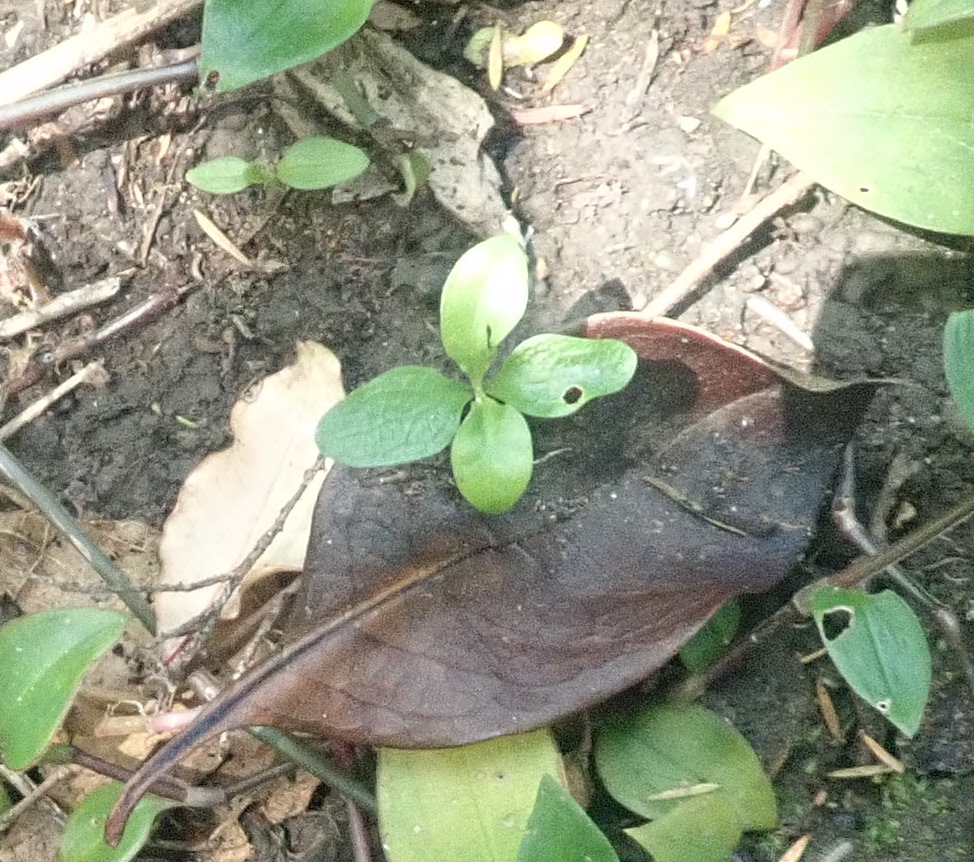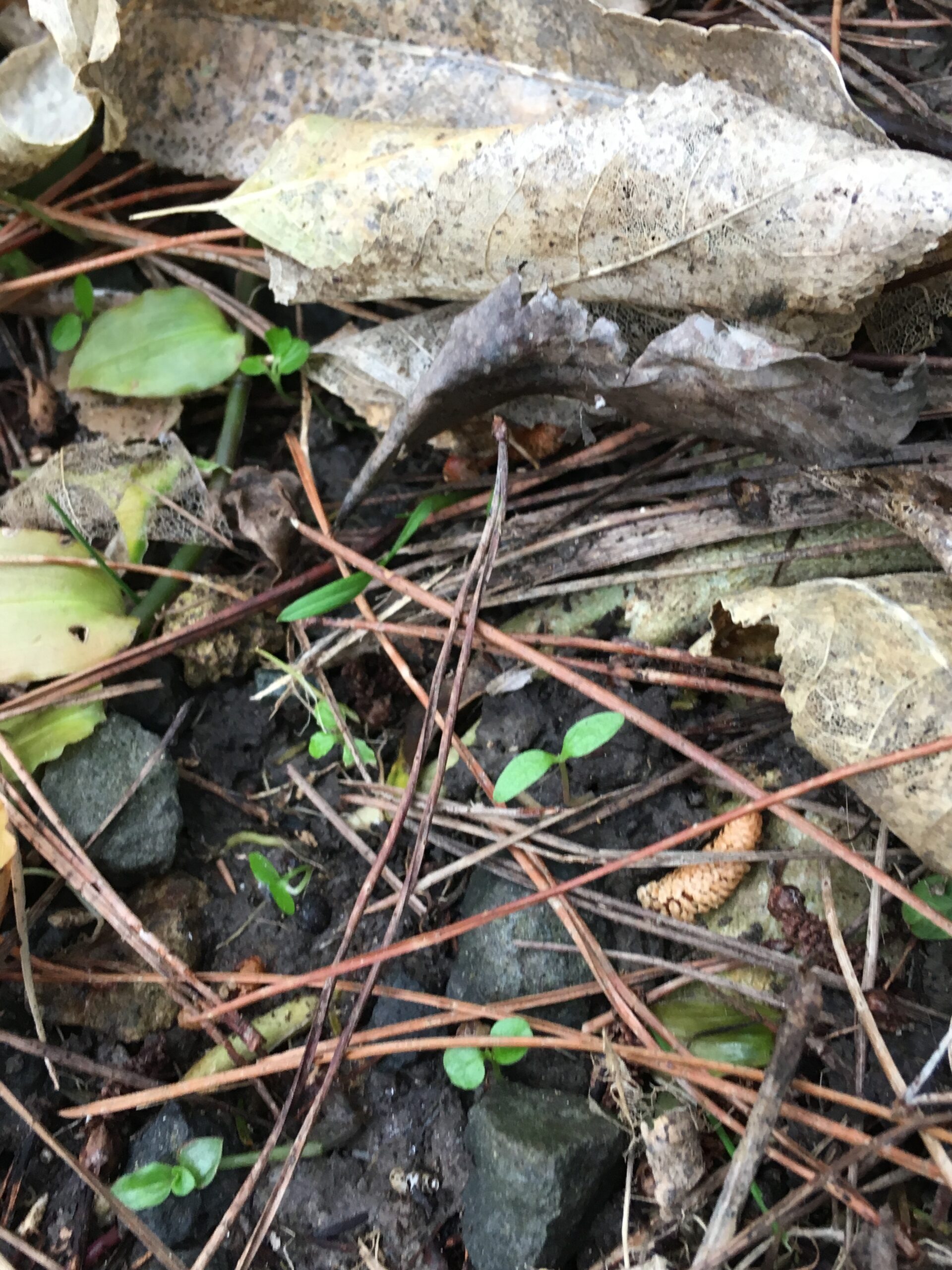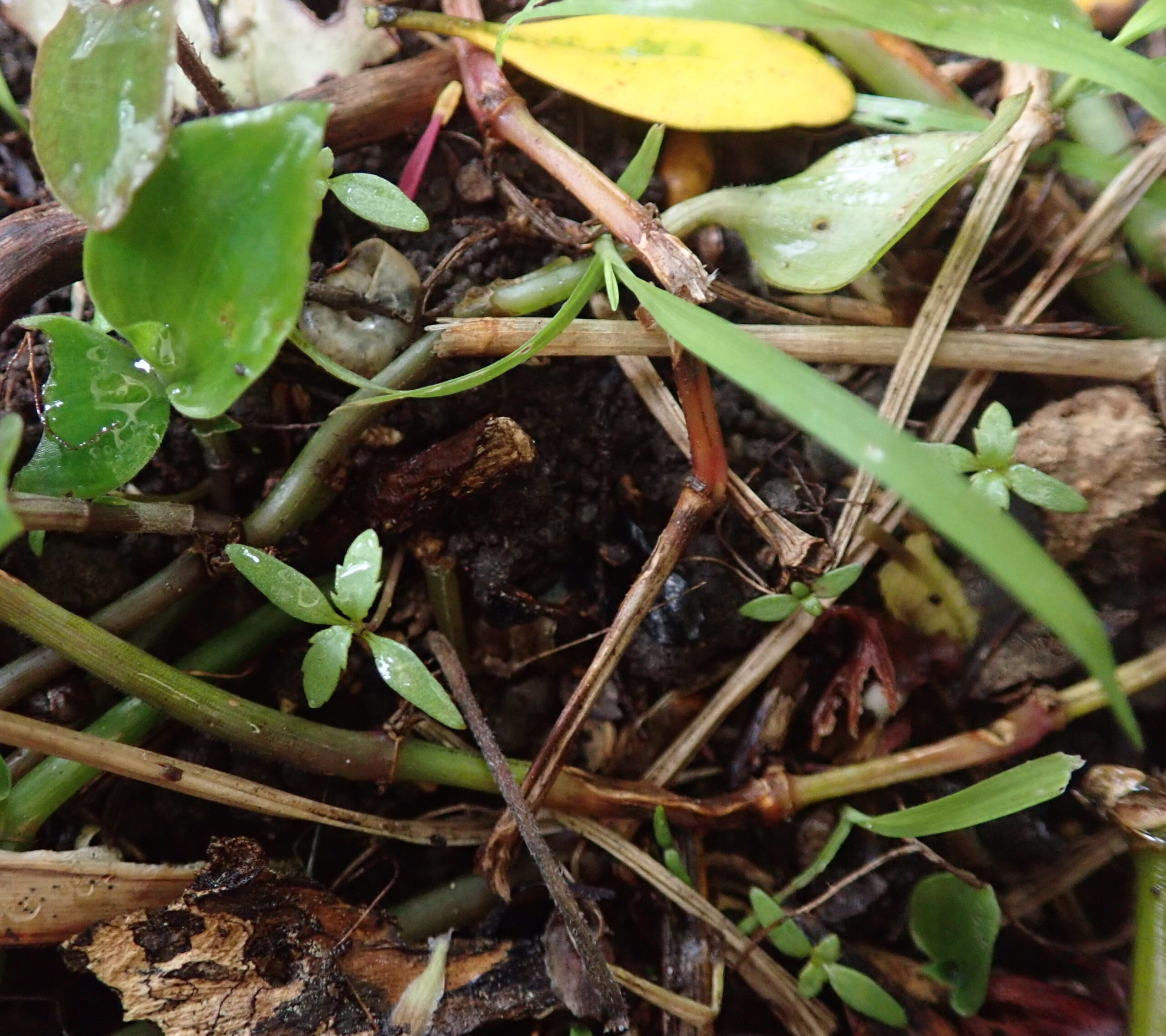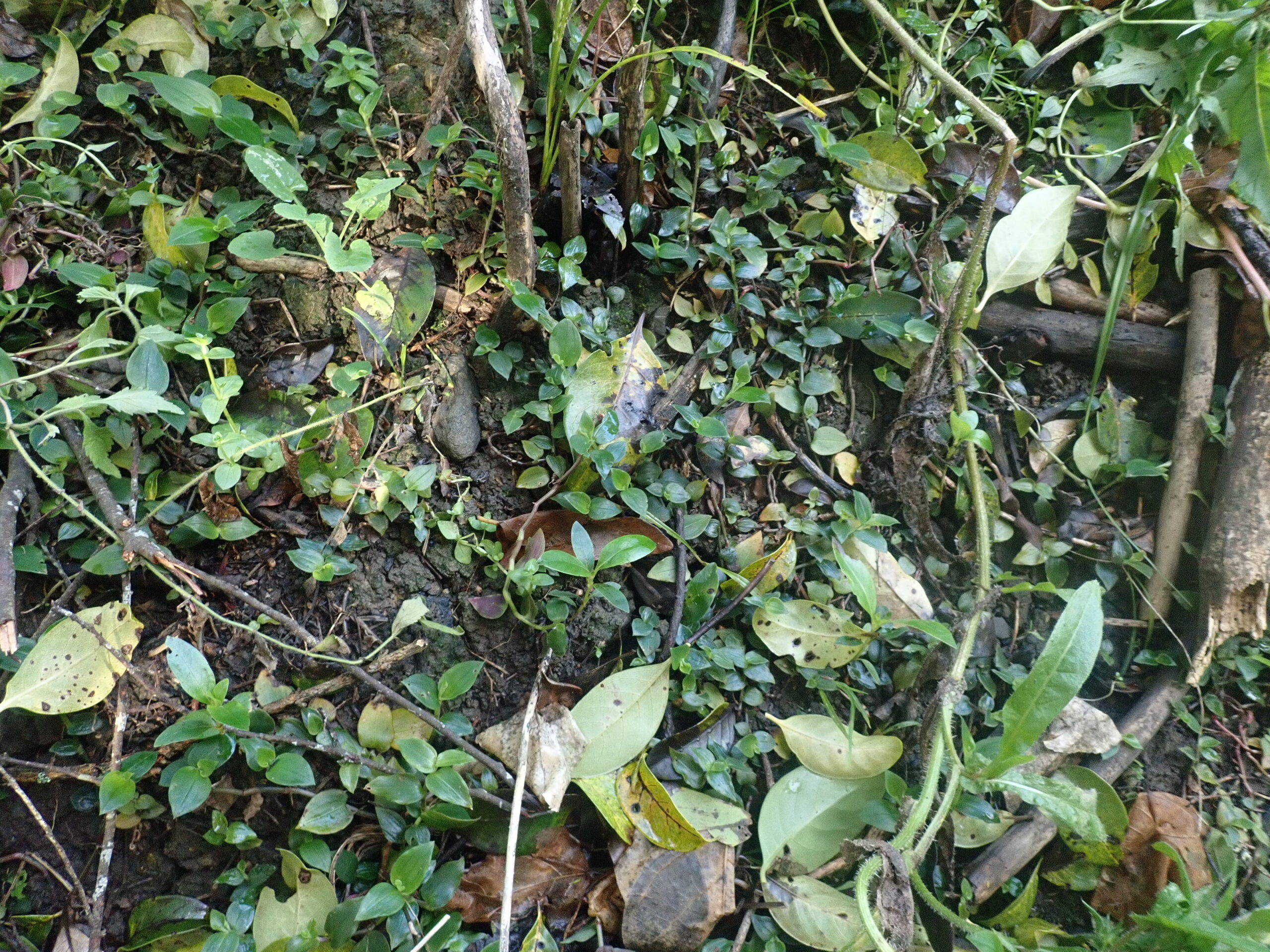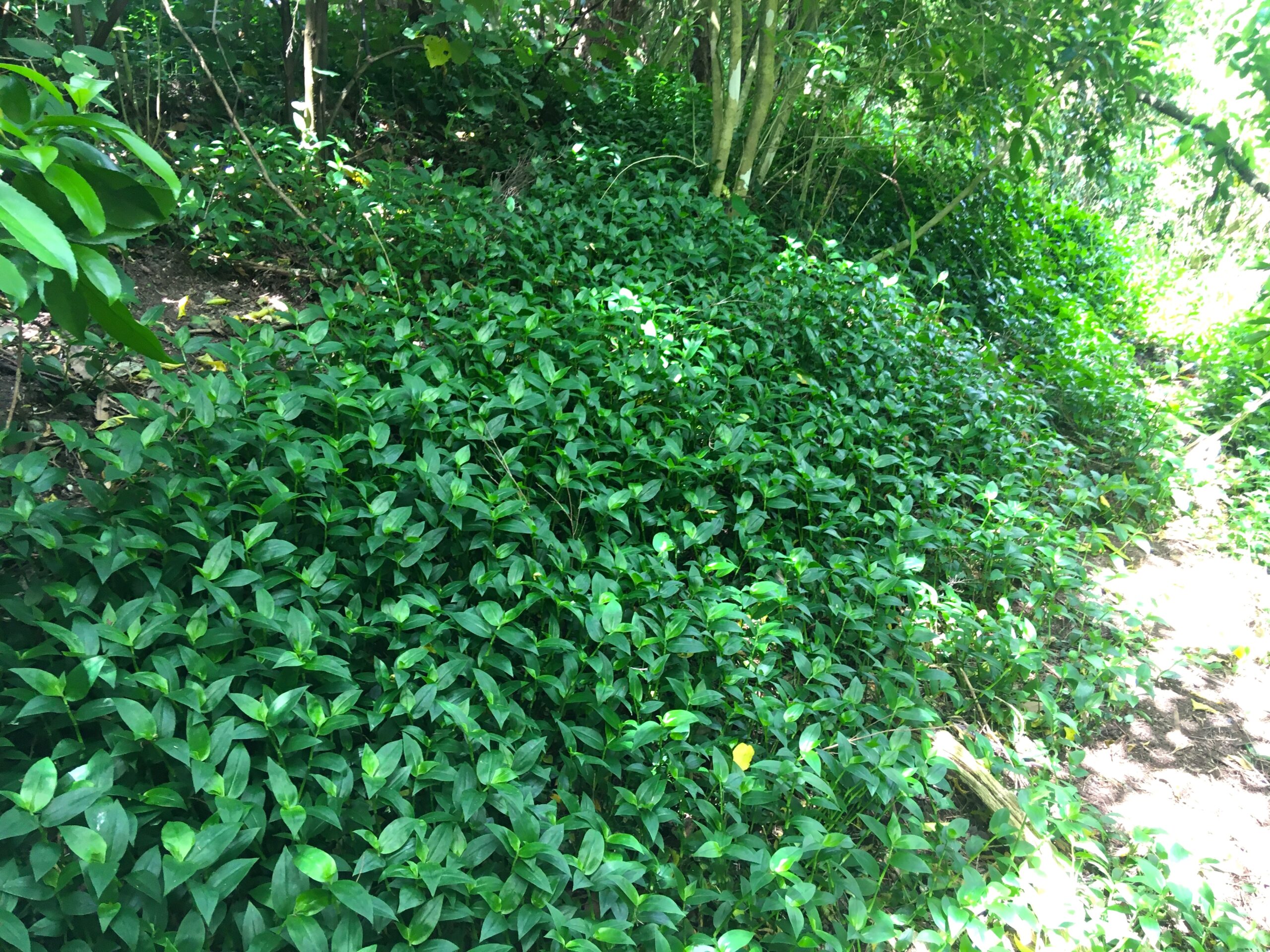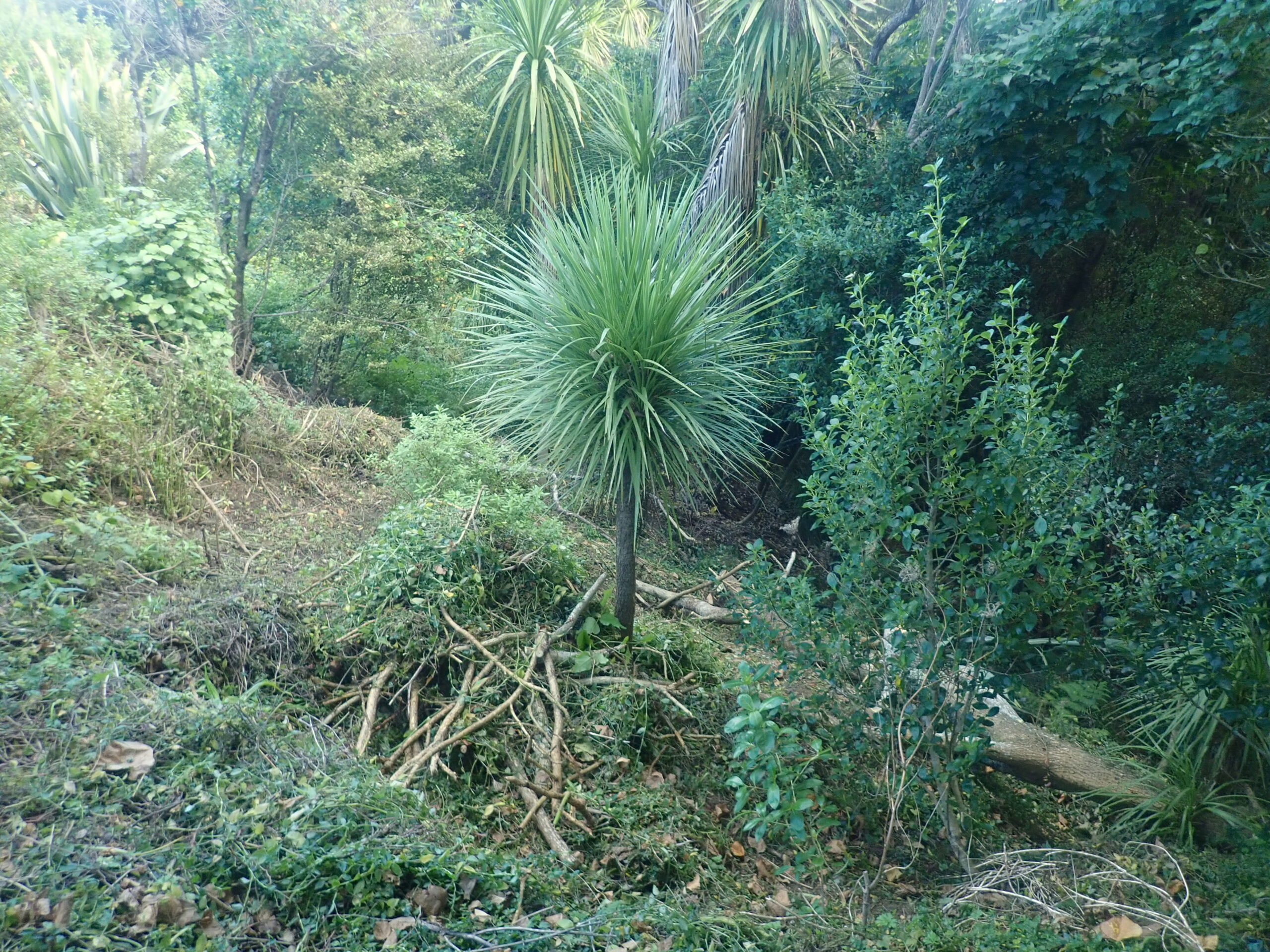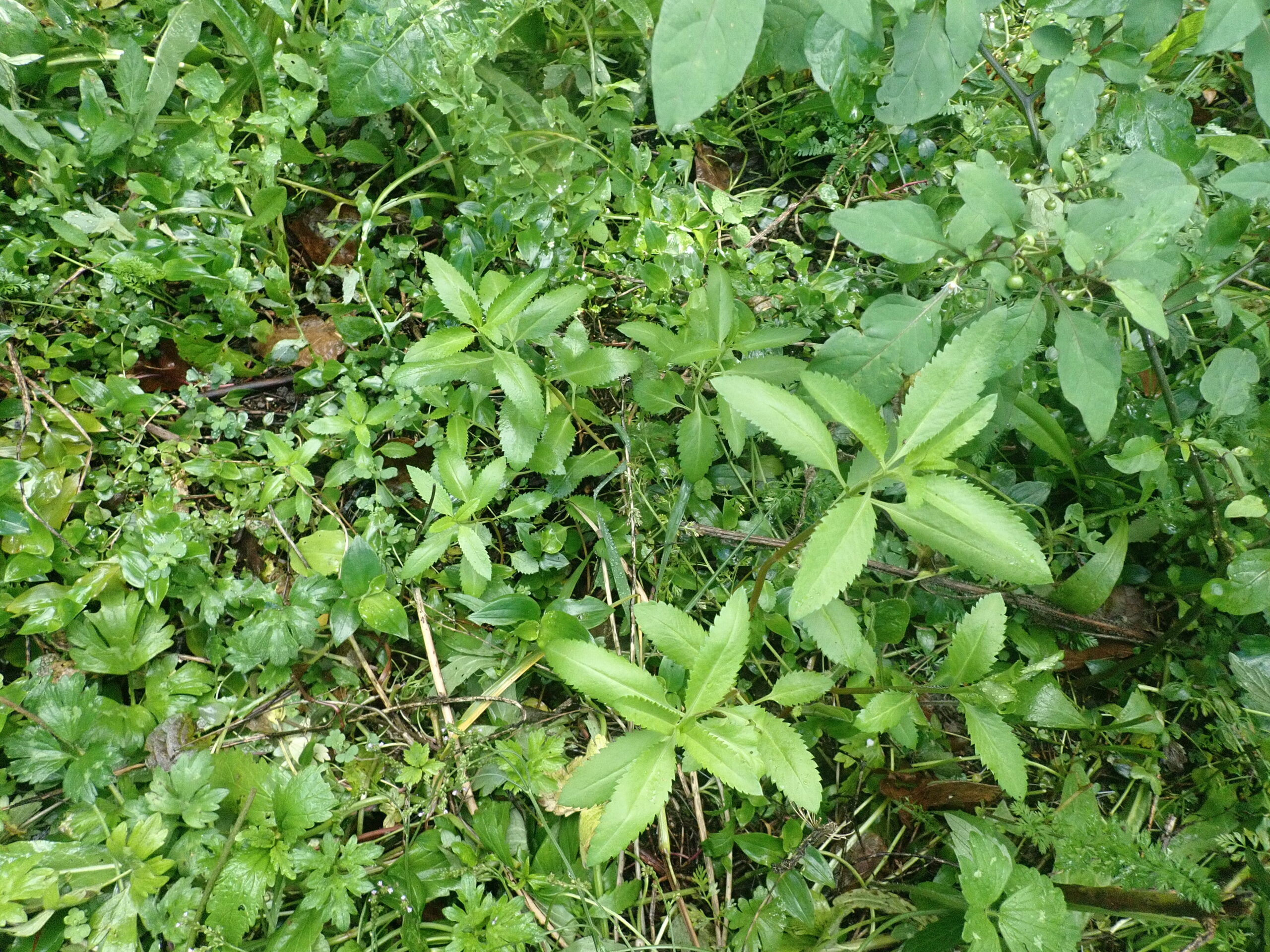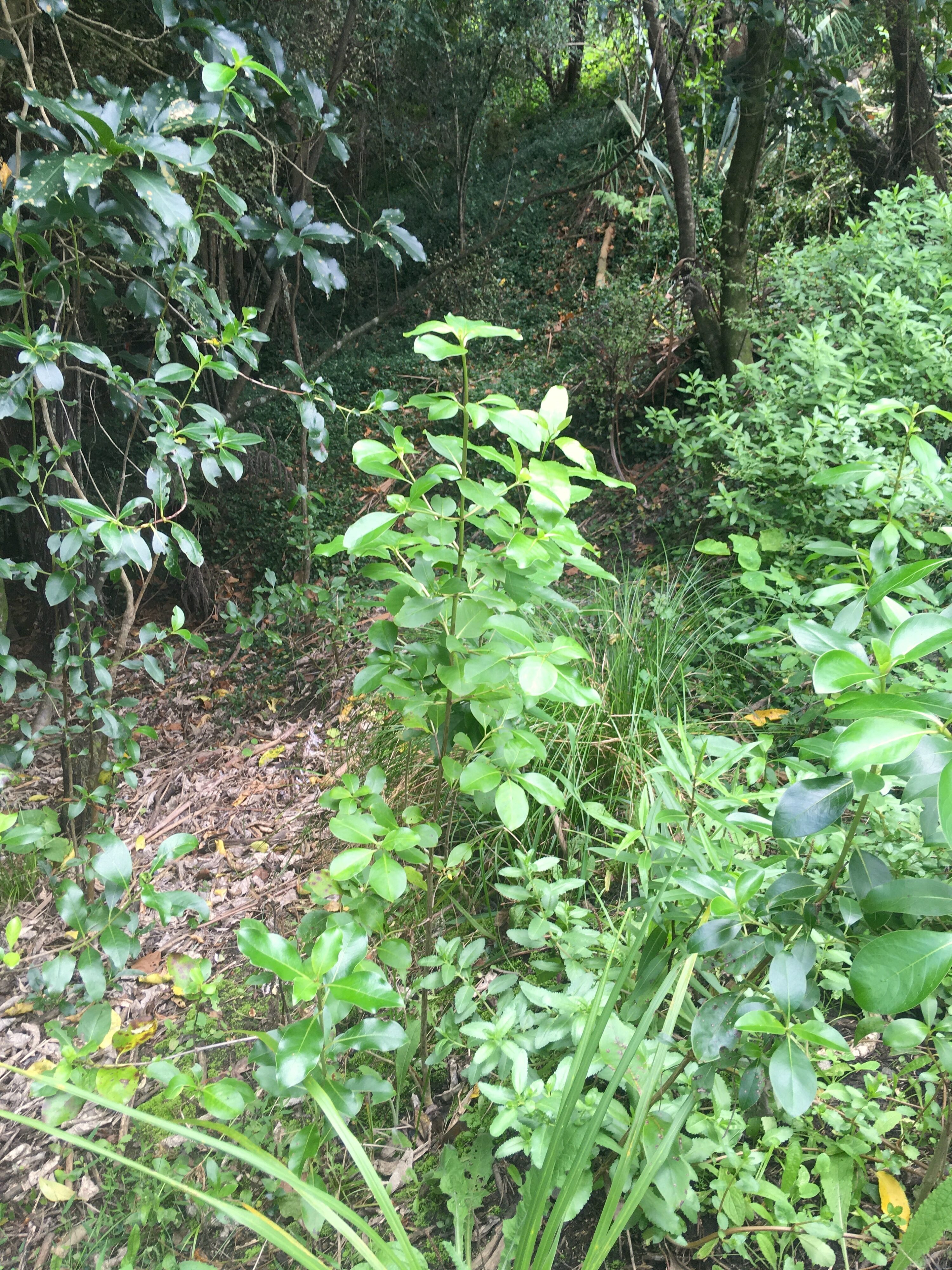In 2018 we started to notice yuccas growing wild in local native forest reserves. The ones we saw were either hidden among native trees or inaccessible down steep banks or cliffs.
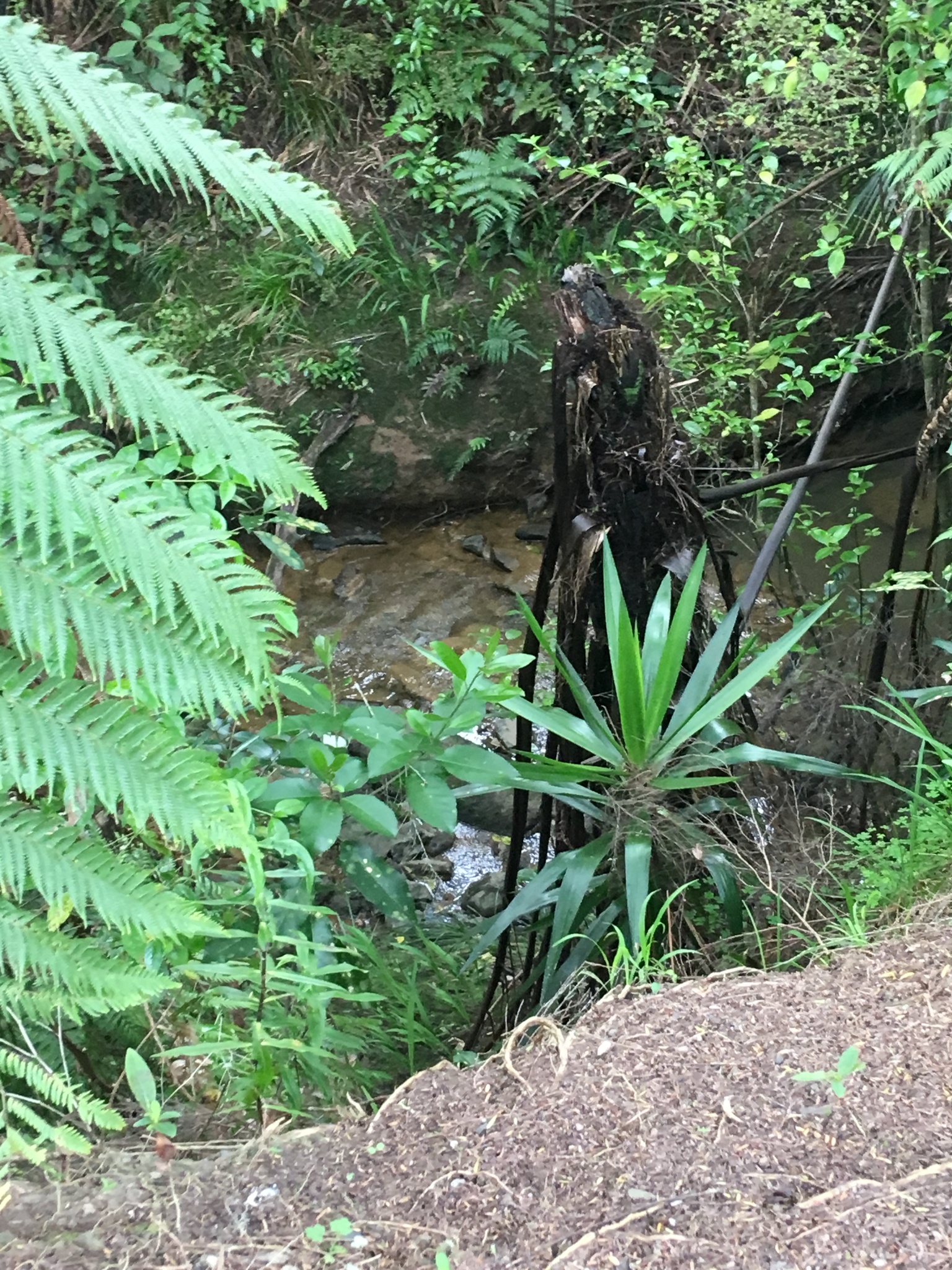
So when we saw these unfamiliar seedlings near the Kaipatiki Walkway along the estuarine shore, we suspected yucca.

We found a larger group of them a bit further downstream. Having been assured by botanists they were not native, we pulled out some of the larger group.
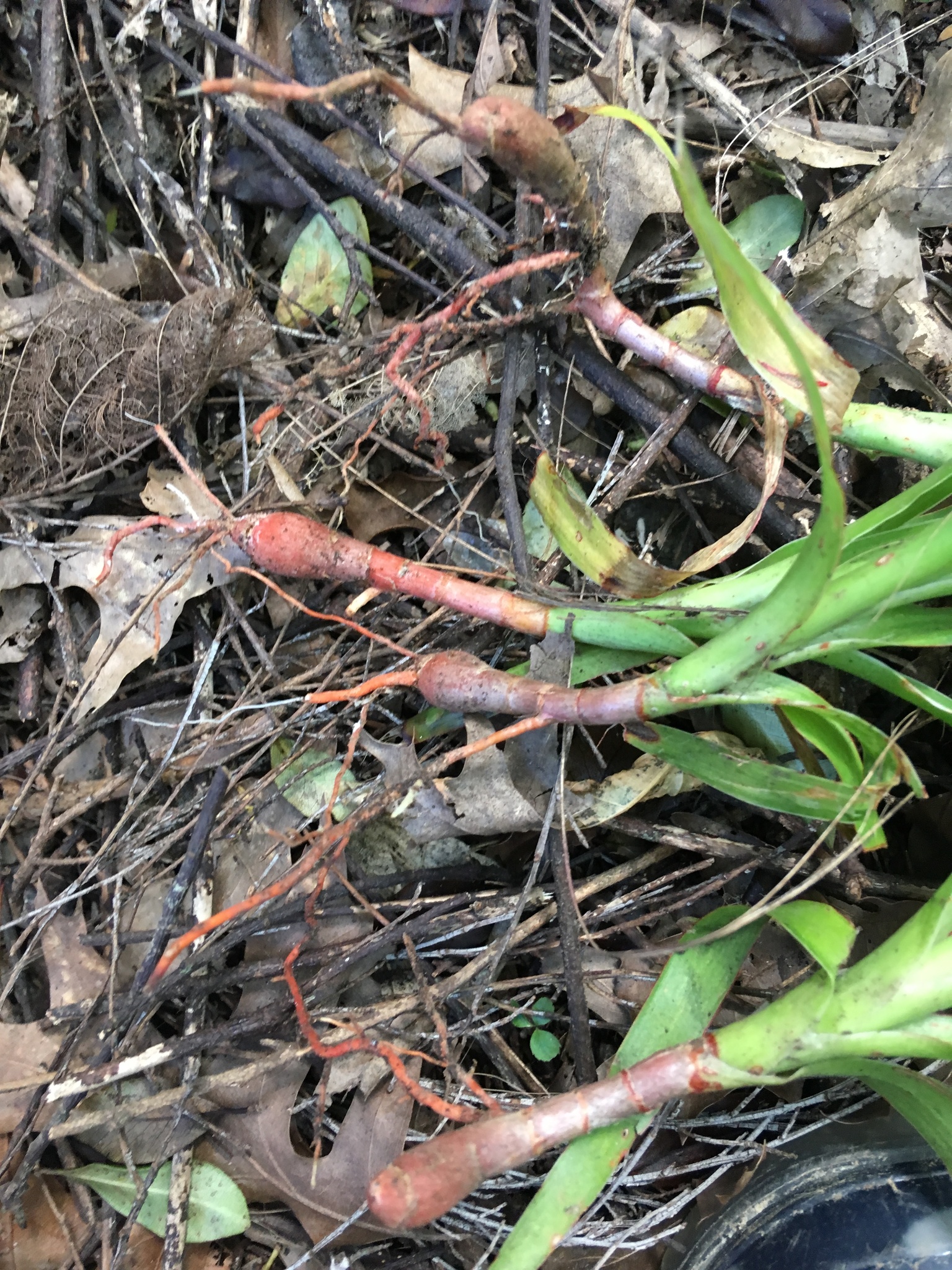
To find out what they were, we had to do some research. It included watching those seedlings until they were larger, but also, unexpectedly, finding a few unidentifiable hard-as-rock seeds dropped by kereru in our own garden,

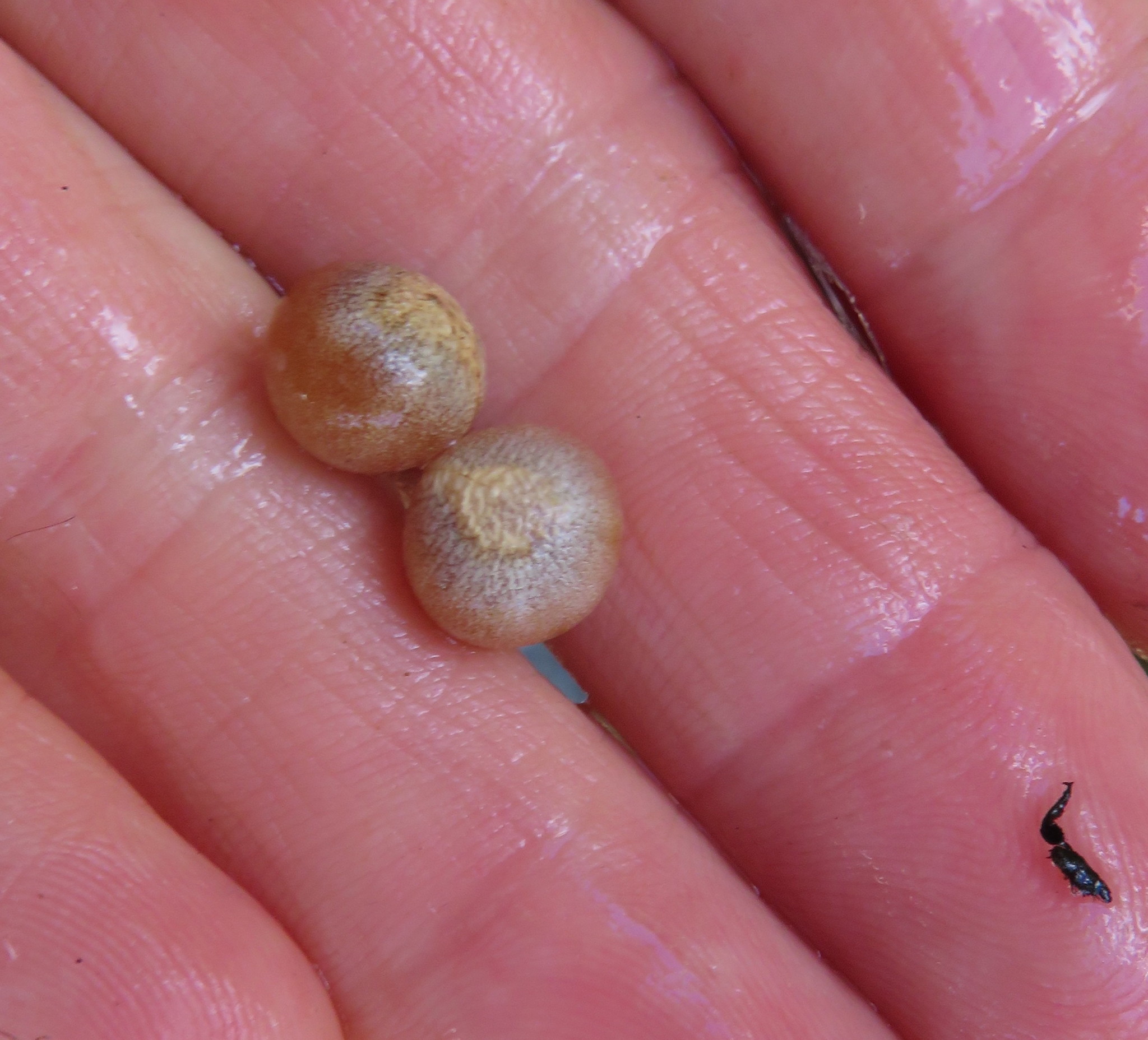


then planting and growing these seeds on in a pot until they could be identified by an expert. (The one pictured above was dropped still encased in its fruity outer casing, but we opened it and found the same hard seed inside).
Turns out they were the same new invasive species as the unfamiliar seedlings we had found on the Kaipatiki estuary … Dragon tree (Dracaena draco).
The following year we found, identified and uprooted a single dragon tree seedling in the youngest outer edge, still mostly manuka, of Eskdale Forest.
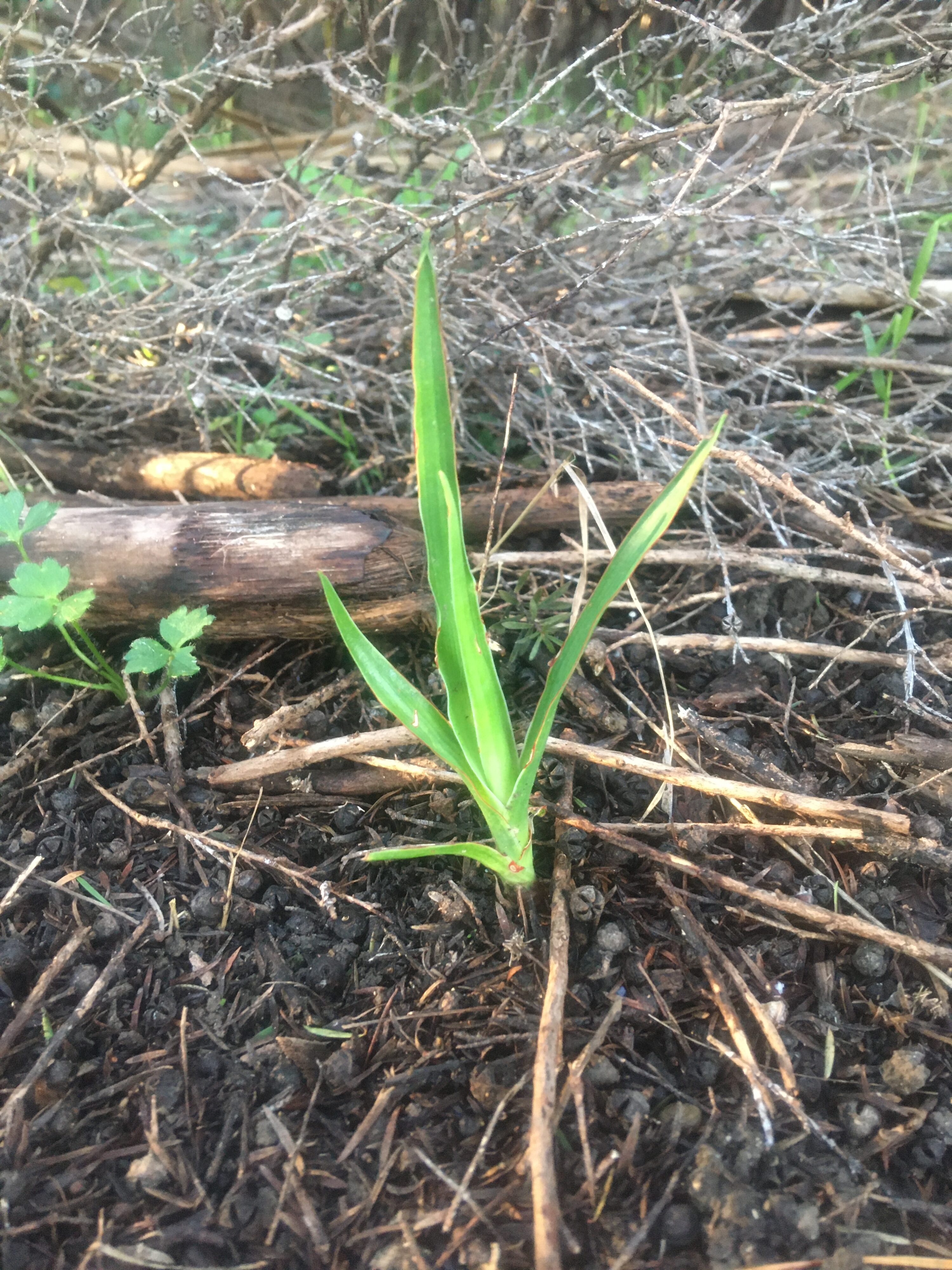
And the next year, two more…and a single seed, (with several bangalow seeds, under the growing myna roost…which may be relevant?)

We suppose we should not be surprised that the kereru, lover of the fruits of nikau, puriri, karaka and taraire, nowadays finds as many if not more fruits on bangalow, Phoenix and queen palms; and instead of a side-dish of tataramoa, porokaiwhiri or kohia, the kereru swallows … and delivers by air … the seeds that will become yucca and dragon trees.
This year we found a single seedling further inside the forest…under the taller kanuka, which have now successfully burst through the canopy of the naturally-dying-out manuka.
Not a problem for our local ecology as long as every corner of every reserve, including gullies, streambanks and cliffs, is tended with care by an eagle-eyed weed seedling spotter.
